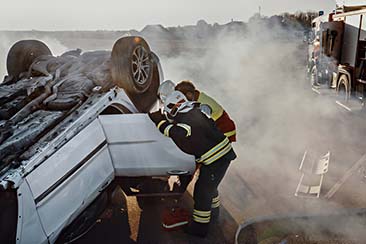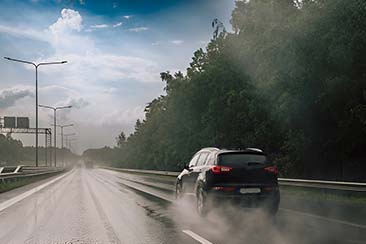Anyone who has ever ordered a product online knows that what’s known as the last mile of delivery can often be the most frustrating. Packages get lost, damaged, or delayed, and it can be hard for companies to keep track of their inventory. For online businesses, ecommerce delivery can be a tough one to get right.
However, new developments in the last mile delivery sector are making it easier and faster for companies to get their products to customers. Drone delivery is becoming increasingly popular, as it allows packages to be delivered directly to homes and businesses without having to go through a traditional ecommerce delivery service.
In addition, robotics technology is being used in warehouses to improve order accuracy and speed up the packing process. As a result, last mile delivery is becoming more efficient and reliable.
In this article we’ll take a look at these innovations and discuss their advantages in the last mile delivery sector.
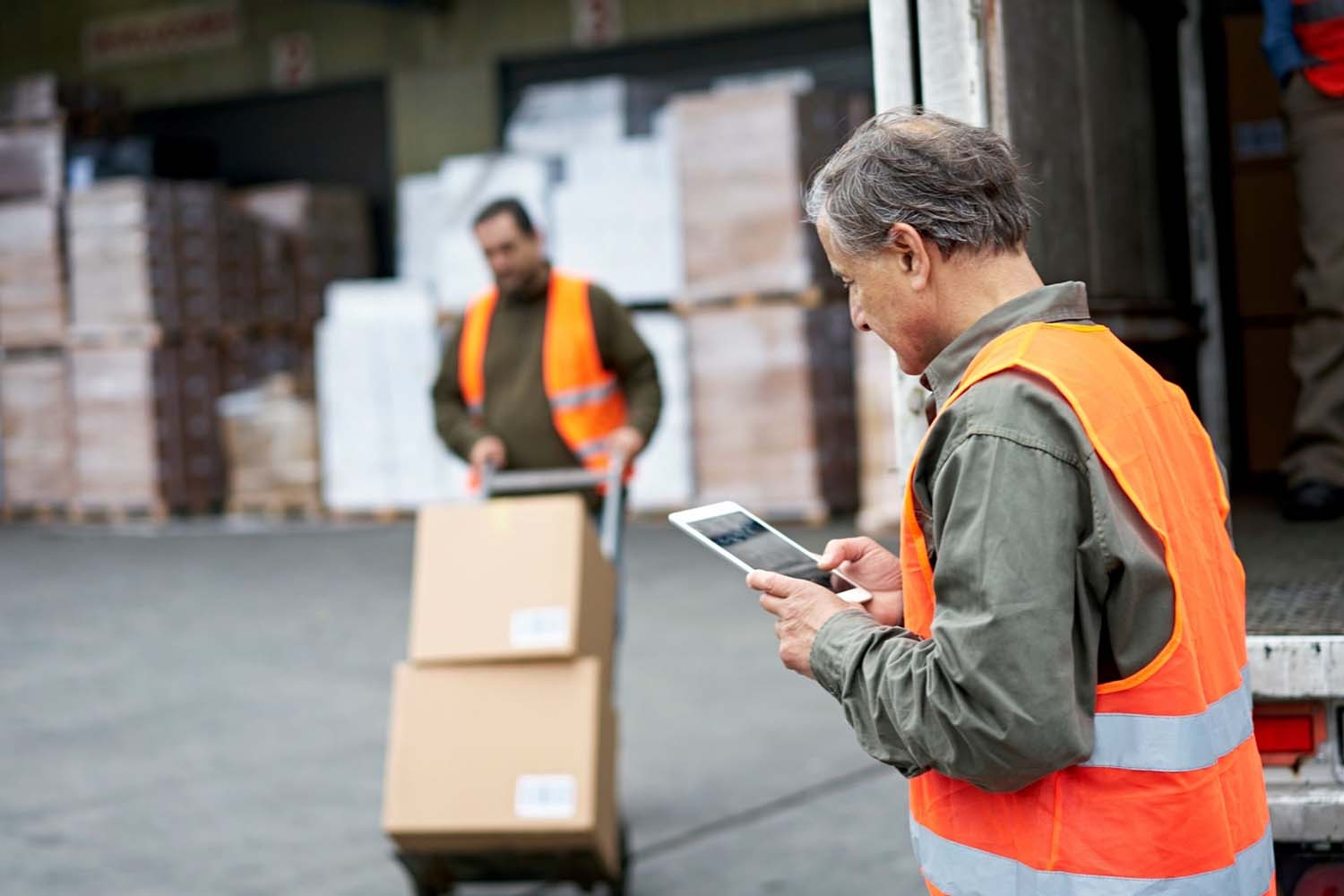
Why is last mile ecommerce delivery usually so complicated?
Let’s start our discussion by examining why last mile transportation is such a challenge for companies. Any specialist in ecommerce delivery can tell you that the last mile is the most expensive and time-consuming part of a delivery process. It requires precise organisation, control, and coordination with all other areas of the supply chain. This can be difficult to manage on a large scale, especially with traditional delivery methods.
The main issue is that it requires large fleets of vehicles and lots of personnel to deliver products quickly and accurately. This can be expensive for businesses, as they have to cover the costs of fuel, maintenance and salaries.
So how are drones and robotics helping with last mile transportation?
Thankfully, new technology is being used to streamline the last mile delivery process. These two technologies have become increasingly popular in recent years, as they allow packages to be delivered quickly and safely directly to customers’ homes or businesses.
This makes it much easier for companies to keep track of what’s going on and to ensure that their customers receive the products they ordered.
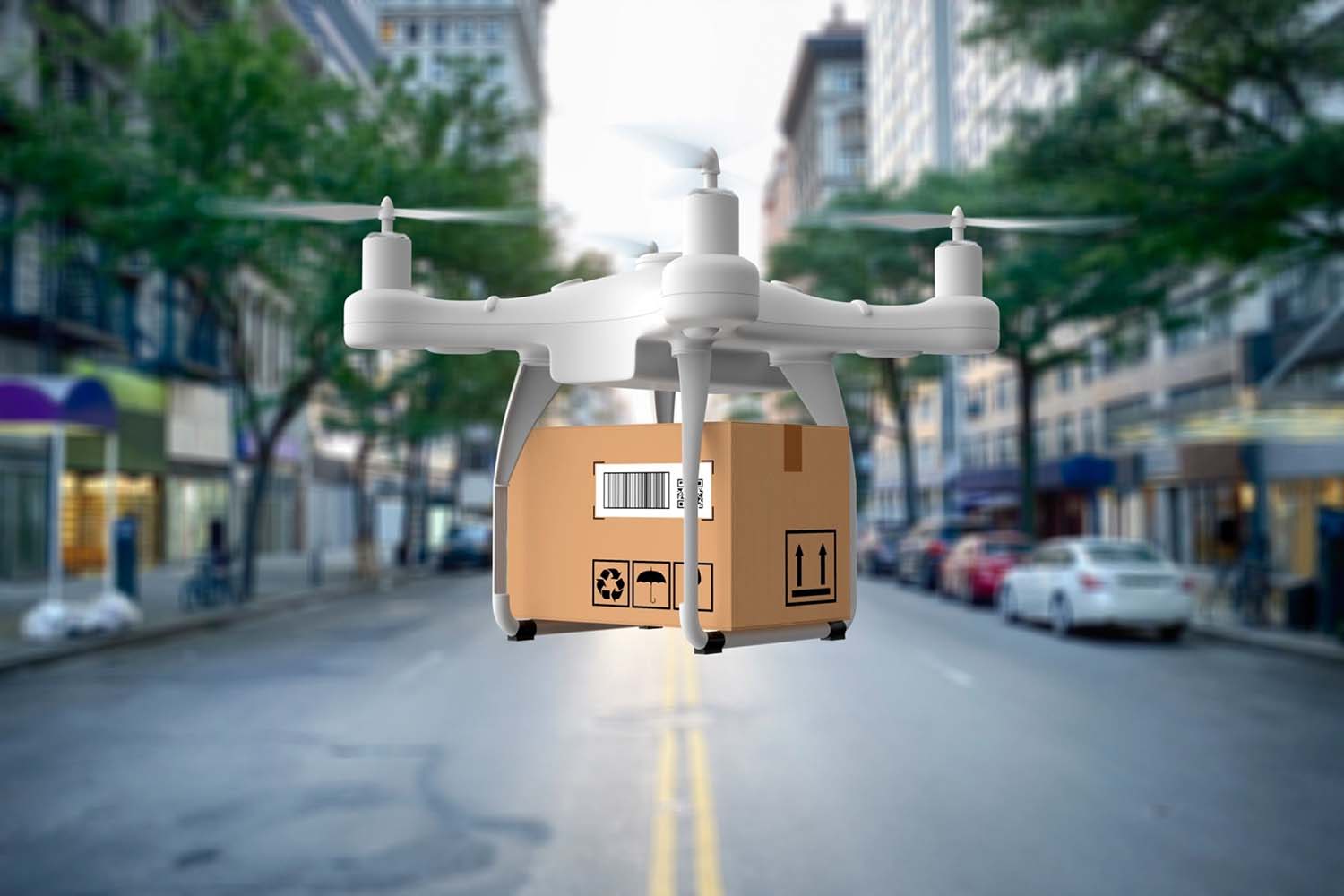
Advantages of drone delivery
Drones are especially useful for last mile delivery, as they can cover long distances in a relatively short time. They are also cost-effective, as they require no personnel to operate and can be remotely operated.
Another advantage of drone delivery is that it allows companies to keep track of their product shipments in real-time, as the drones have onboard sensors that allow them to report back on conditions such as altitude, speed, and temperature. This makes it easier for companies to ensure that their products are delivered on time and in the best condition possible.
Moreover, drones are also more environmentally friendly than traditional delivery methods, as they produce much fewer emissions. This will surely play a huge role in the near future, as companies become more aware of their environmental impact.
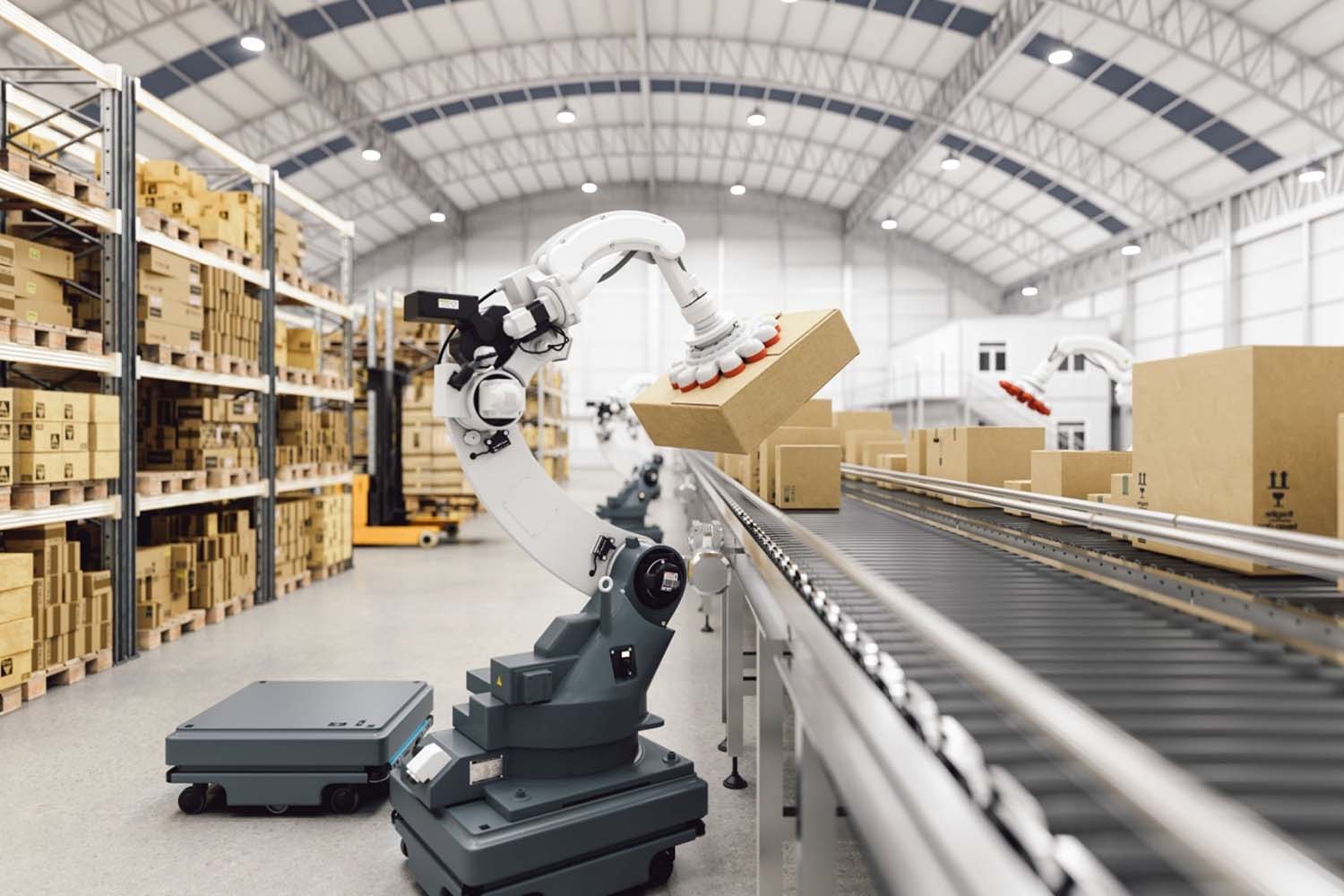
Robotics in warehouses
Robots are being used in warehouses to speed up order fulfilment and packaging processes. This reduces the amount of time needed for last mile transportation, as orders can be picked and packed faster than ever before.
Robots also improve accuracy, as they can detect errors much more quickly than humans. This helps to reduce returns, which saves companies money in the long run. Additionally, robots require less maintenance than human workers, so there are fewer costs associated with them over time.
Besides this, robots can also be programmed to work in unison, which allows for more efficient use of space and resources in warehouses. This maximises the efficiency of last mile delivery, as fewer resources have to be used to get the job done.
What other technologies could we see in the future?
As technology continues to develop, we may even see more advanced forms of last mile delivery being used in the future. Autonomous vehicles could become commonplace in the near future, as they can operate completely independently and cover longer distances than drones.
Augmented reality could also be used to help customers track their orders and provide them with real-time updates. This would make the entire delivery process much more intuitive and customer-friendly.
We may even see the rise of blockchain technologies being adopted by companies to securely store data related to their shipments and deliveries. All in all, there’s no telling what the future might hold in store for ecommerce delivery companies.
Final thoughts
The last mile delivery sector is changing rapidly due to new developments such as drone delivery and robotics technology. Thanks to these new technologies, companies are now able to operate more efficiently than ever before. These new developments are revolutionising the way companies deliver goods to their customers and providing a more convenient delivery experience.



